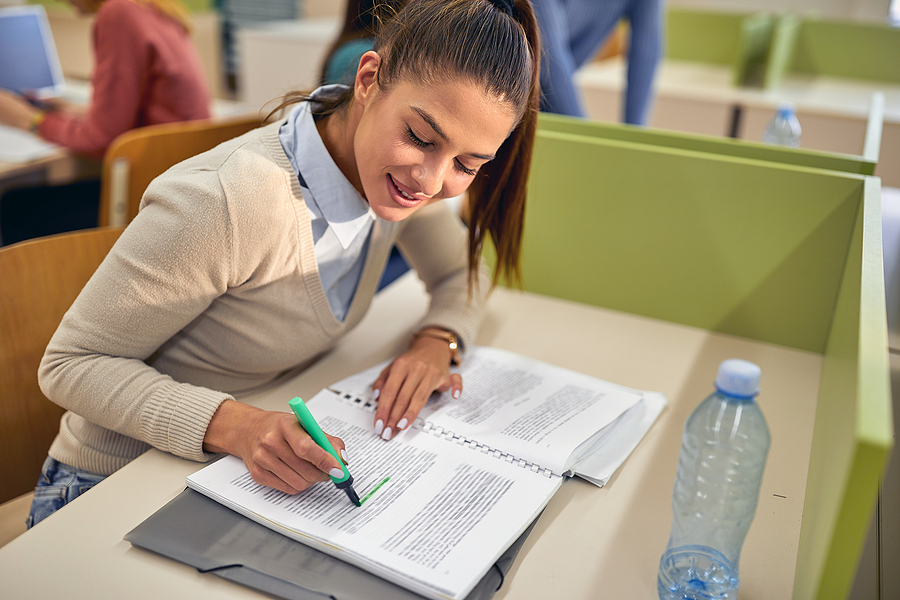With the social media being integrated into our learning processes, it is vital to protect student privacy. Here is how a parental control app can help.
Protecting Student Privacy on Social Media
When it began, the social media was relegated to platforms where people share small talk about the weather and other pastime topics. But with time, all businesses and even governments have embraced them as channels of communication. At last, the social media is making steady inroads into our education system, not as tools for distraction, but as a sharing and communication tool. Learning institutions are also embracing platforms such as Facebook and Twitter for communication and sharing among students.
But when using this platform, it is necessary for educators to address the weakest link in its usage, and that is, privacy. The reason is that these sites usually collect users’ information and sell it to advertisers to help them in targeting their adverts and offers. Besides using a parental control app like kidgy, parents and educators need to know that the young people they are training are comfortable sharing their personal information using these platforms. Studies also show us that 90 percent of teenagers see no problem posting their photos while 75 percent of them post their location on the social media. Additionally, another 20 percent post their personal mobile phone numbers over these platforms.
Before posting any personal information, it is necessary to look into the following factors: if you have express permission to post the information, whether the posting will further students’ learning processes, and the availability of personally identifiable material in the post.
Deal with Cyberbullying
When using these platforms, you should pay attention to the dangers that cyberbullying poses to the learners. Here are some of the measures you have to take to protect your children or students: know the activities your kids engage in when they are online, set Internet usage rules, and remain tuned to school policies regarding online interactions.
Turn Off Location Locators
It is important to remember that many smart mobile devices have settings that allow them to attach your photo or video shoot location. To protect your students’ privacy, it is good to turn that setting off. Additionally, you ought to deactivate it in all other settings so that when information is shared using these platforms, the sender’s privacy is protected.
Be Careful How You Commercialize Your Classroom
You can use social media sites to offer feedback to developers of educational products. However, it is necessary to consider how these posts can turn students into spokespersons without their consent.
Content Filtering and Malware Protection
You have to install firewalls in all the school networks to limit the kind of web sites they can access and prohibit learners from opening suspect email attachments and malware. You also need to utilize filtering software for additional safety on the network. This way, you will keep your students’ social media activities safe from online threats that can compromise their online privacy.
Don’t Post Sensitive Student Information
To keep the privacy of your students, you should avoid posting sensitive information that touches on areas such as grades, assessments, scores or any other student record. If you have any doubts about certain information, then do not share it via social platforms. Additionally, you should be careful how you reply to work that a student posts using a public social media portal.
Beware of Directory Information in Assignments
It is also necessary to ask your students to opt out of any assignment that includes directory information, for instance, phone numbers, addresses, and schedules. Instead, it is prudent to provide alternative assignments. Alternatively, you may ask them to use nicknames to maintain their privacy.
Operate With Permission
When sharing students’ names and faces, it is wise to get their permission or that of their parents. If you cannot get such express permission, then it is safe and wise to keep these details obscure.
Be Careful How You Use Third-Party Communication
The last measure you need to take to protect your child’s privacy is paying special attention to how you use third-party communication. Therefore, it is prudent to encourage your students to use private or closed groups when using social media platforms to share among themselves.
The social media is a strong platform in facilitating how students share among themselves and with their teachers. However, privacy remains a sensitive consideration when using it. It is therefore incumbent upon teachers and parents to enforce privacy so that their young ones remain safe. Besides parents using a parental control app, educators can also utilize the insights we have discussed in this post to achieve this goal.
Related Categories: Products, Kids, Reviews, Tech







